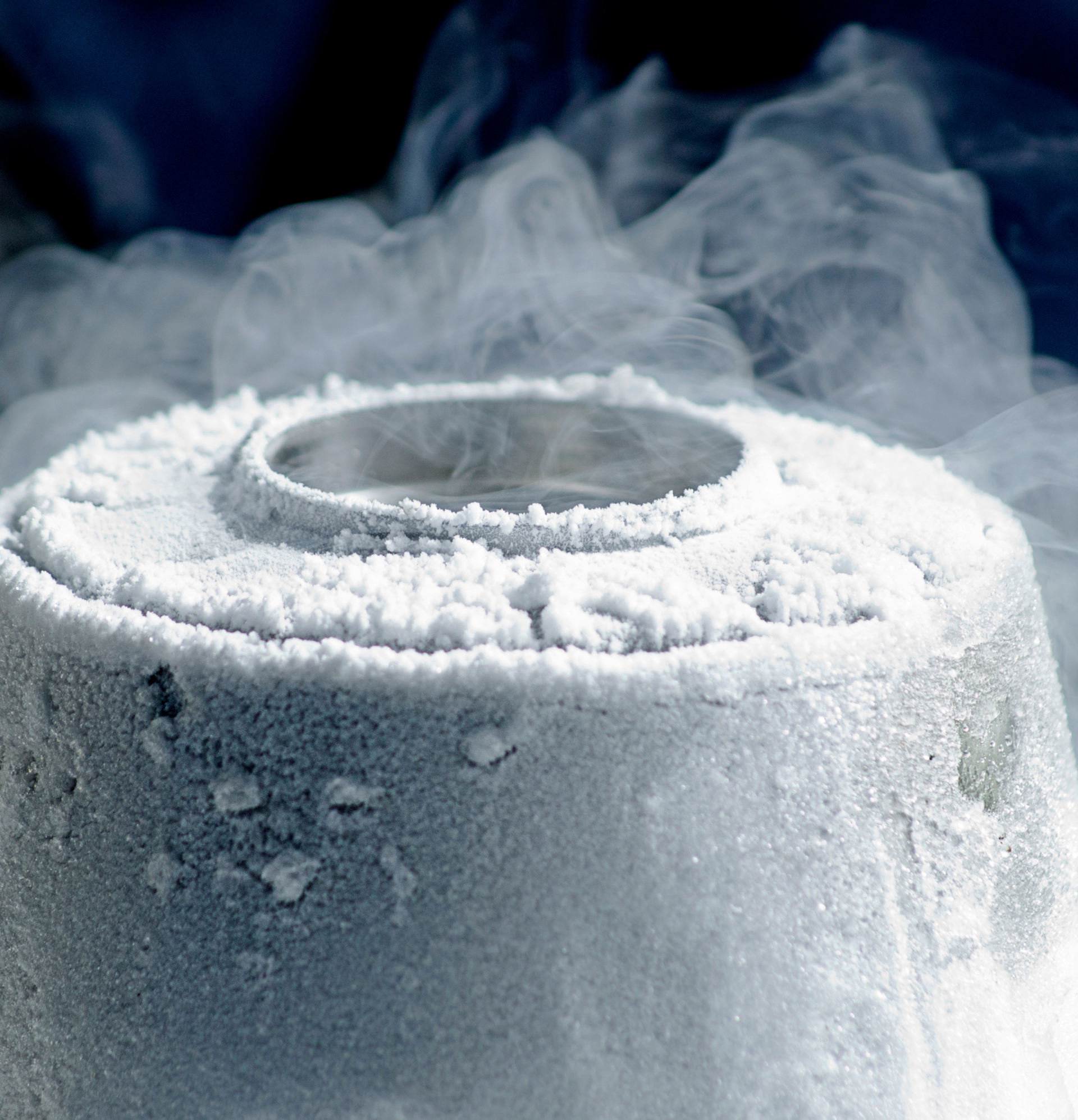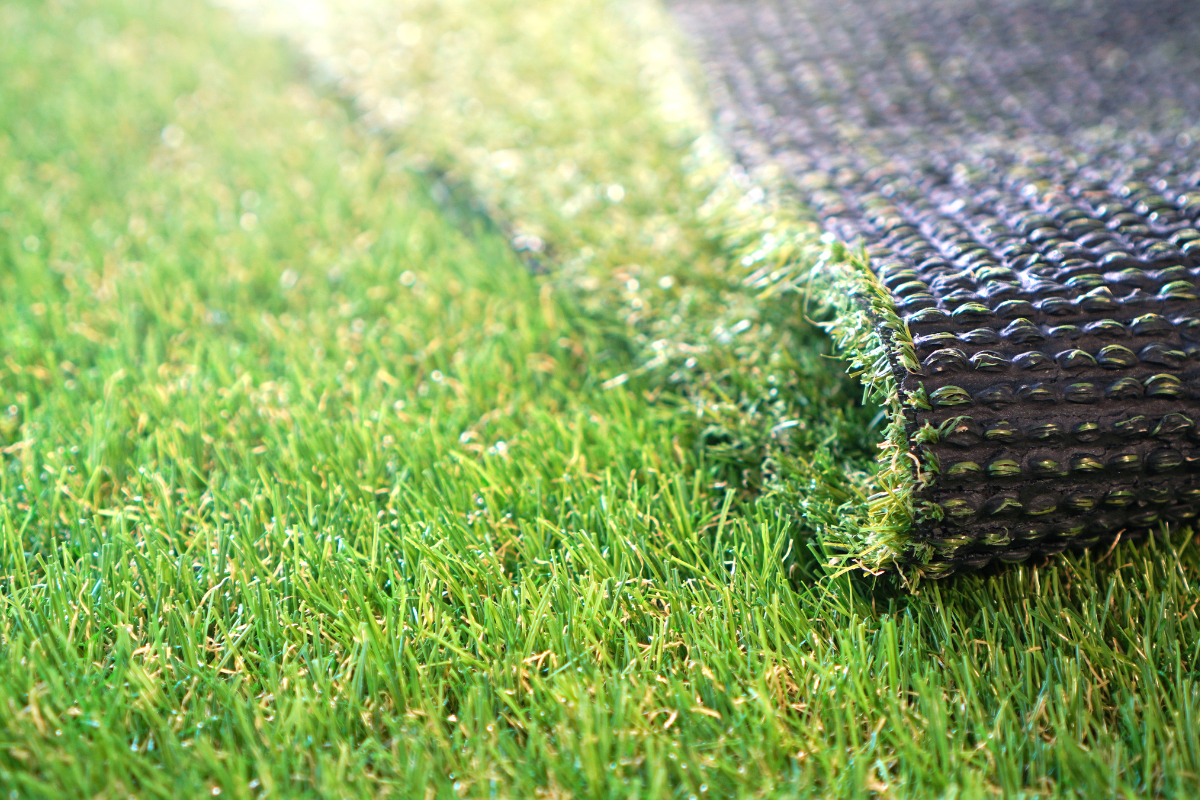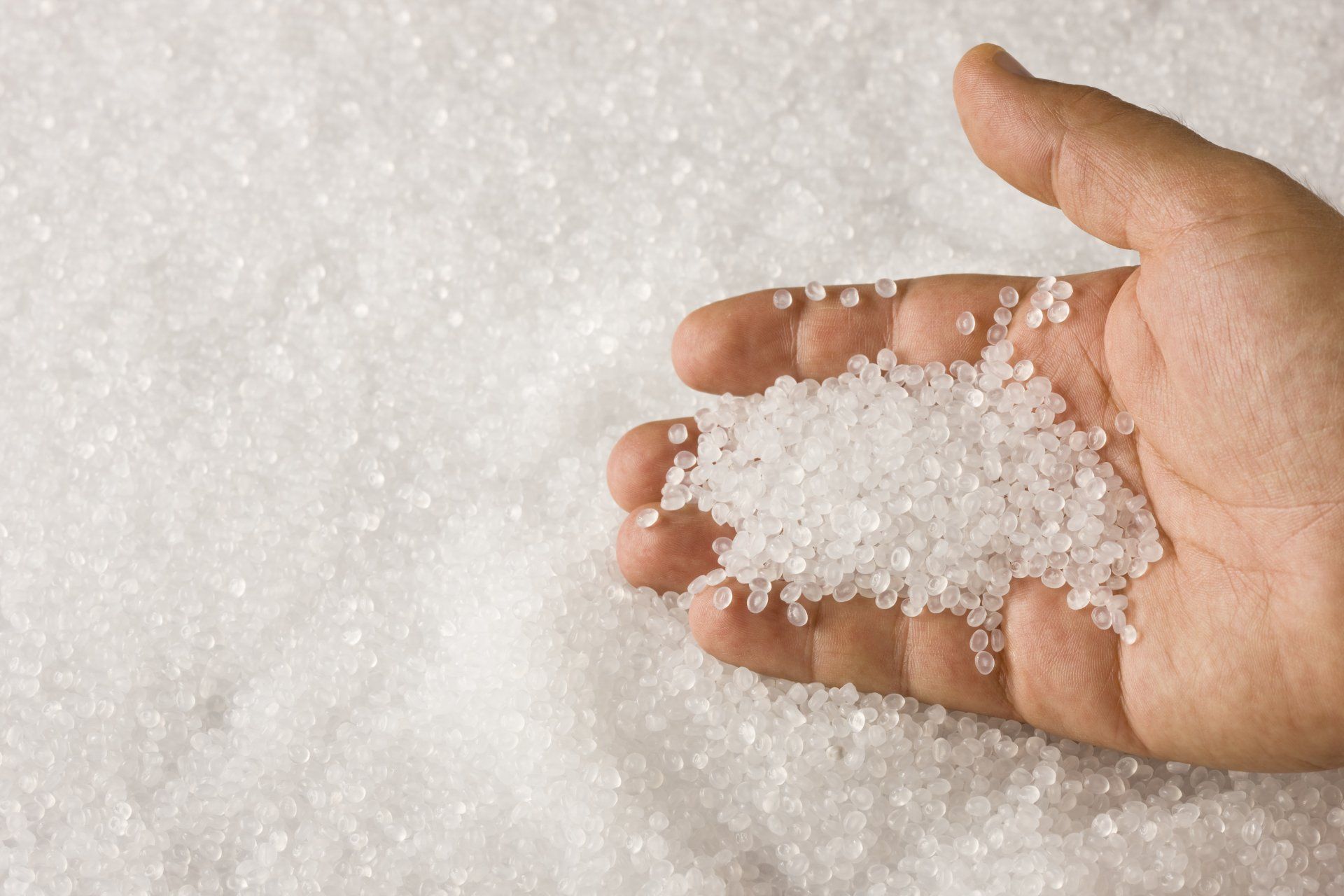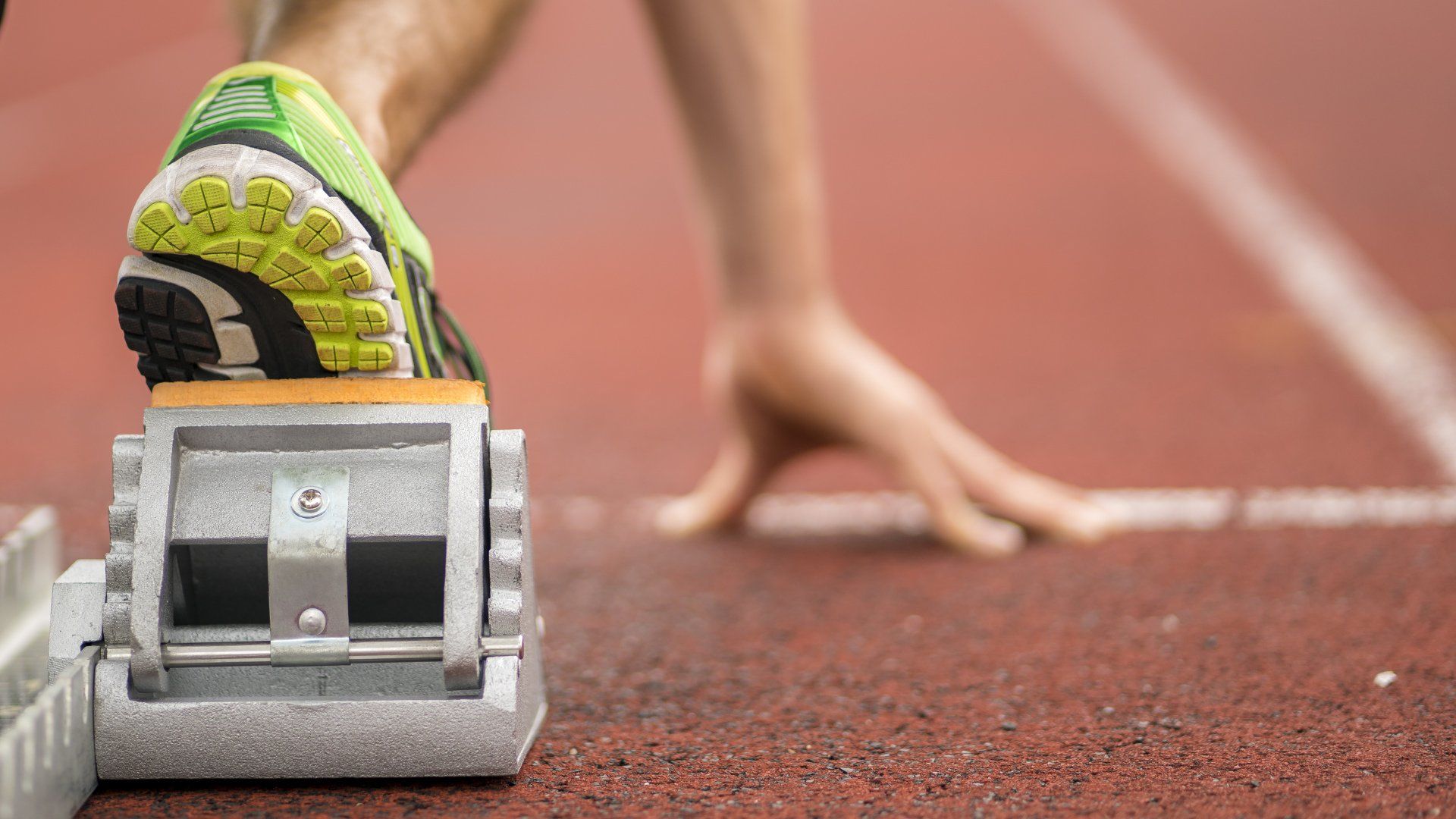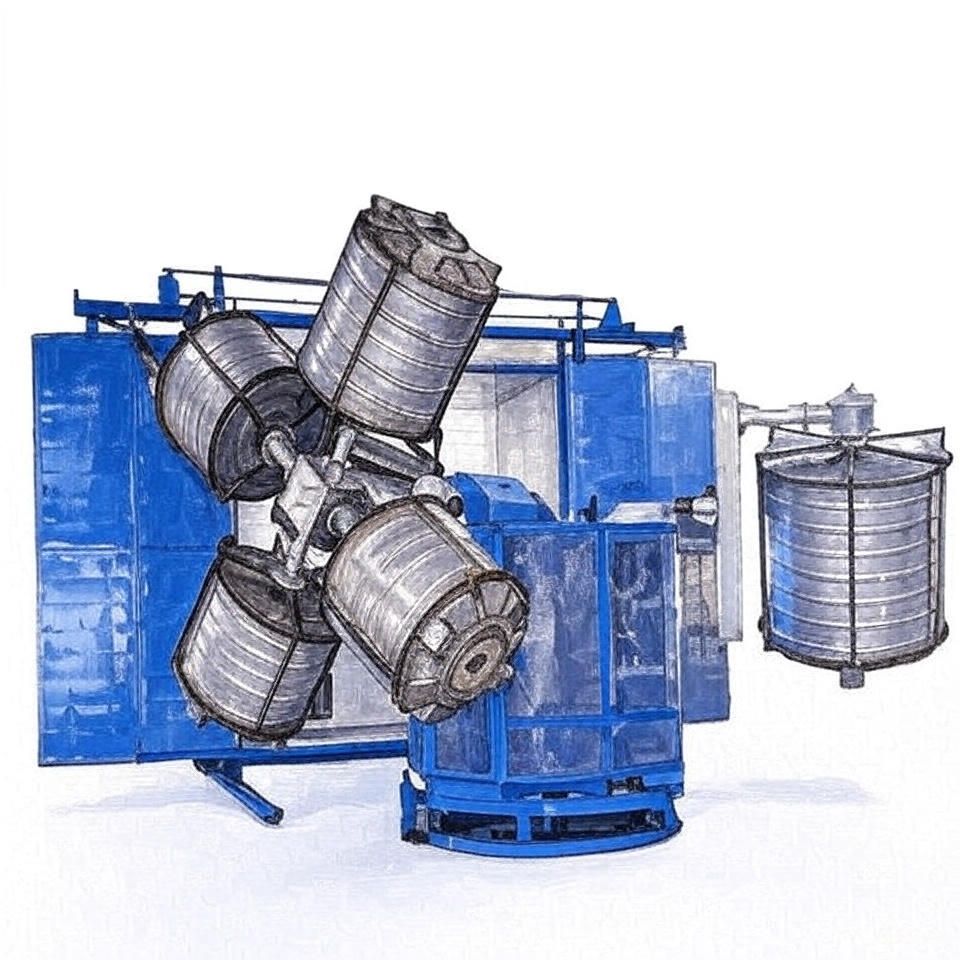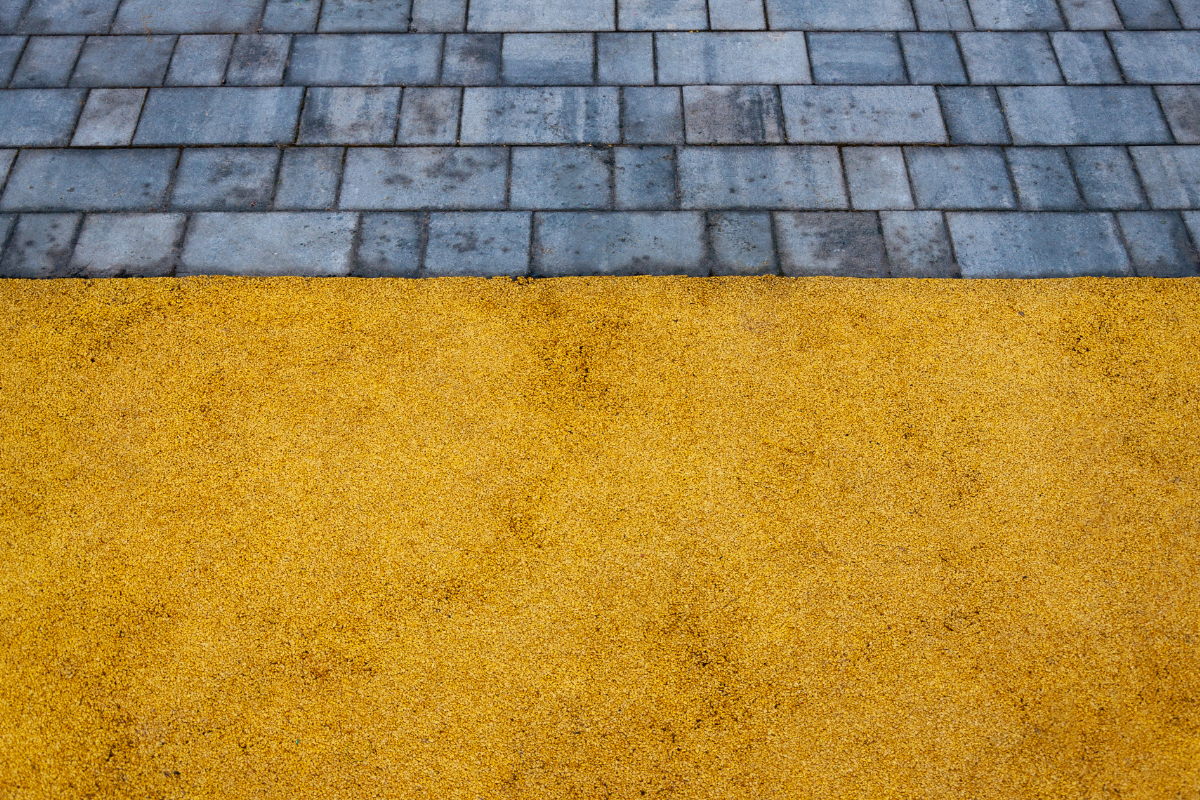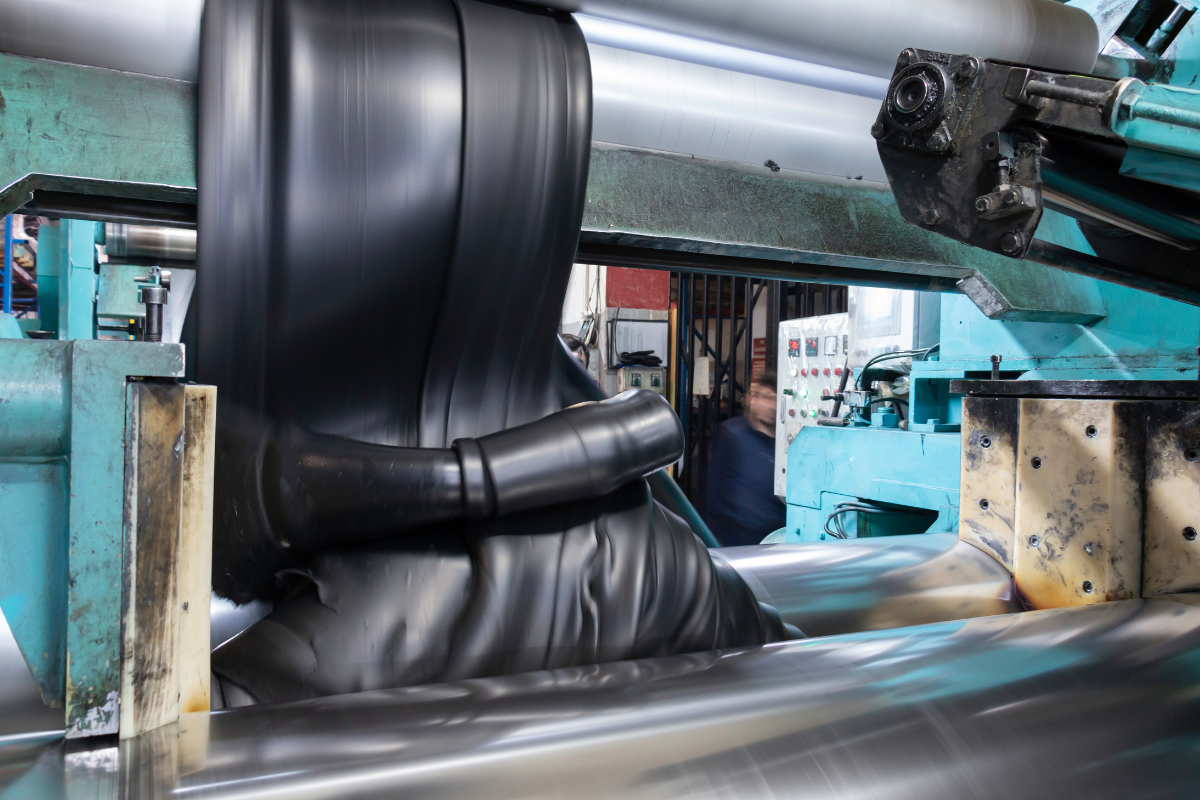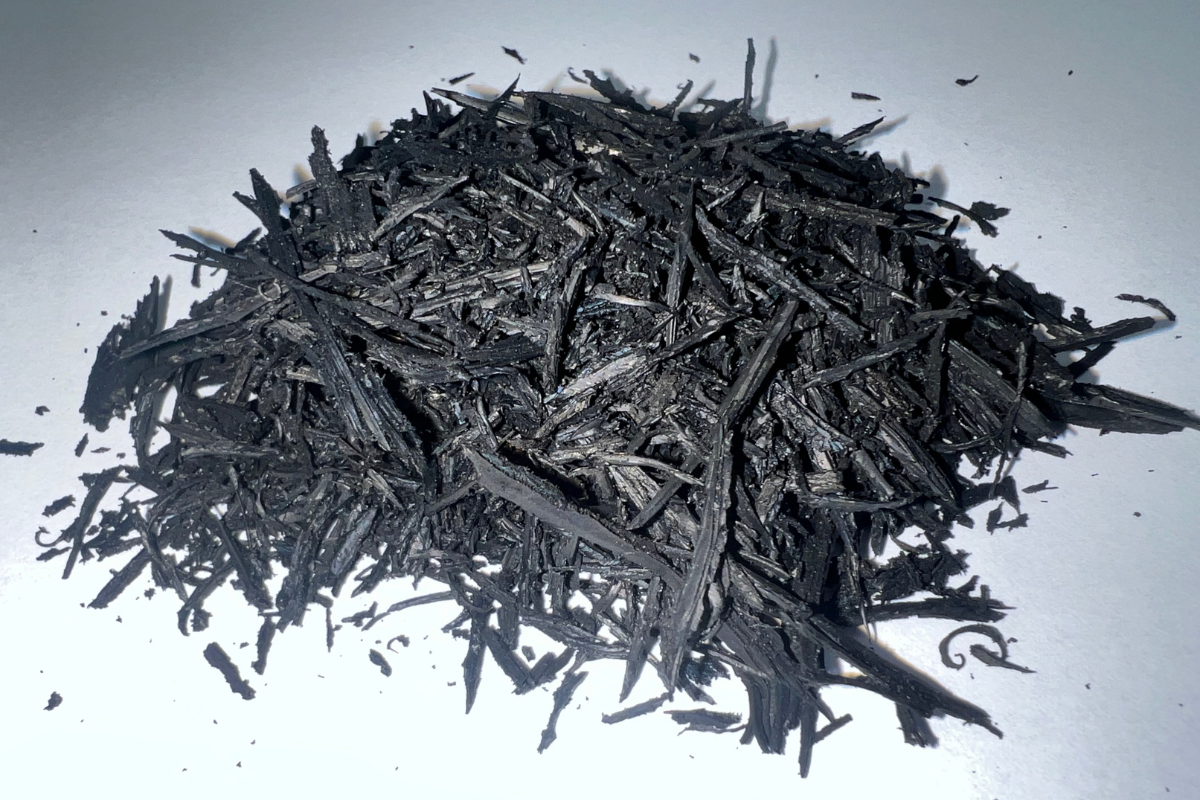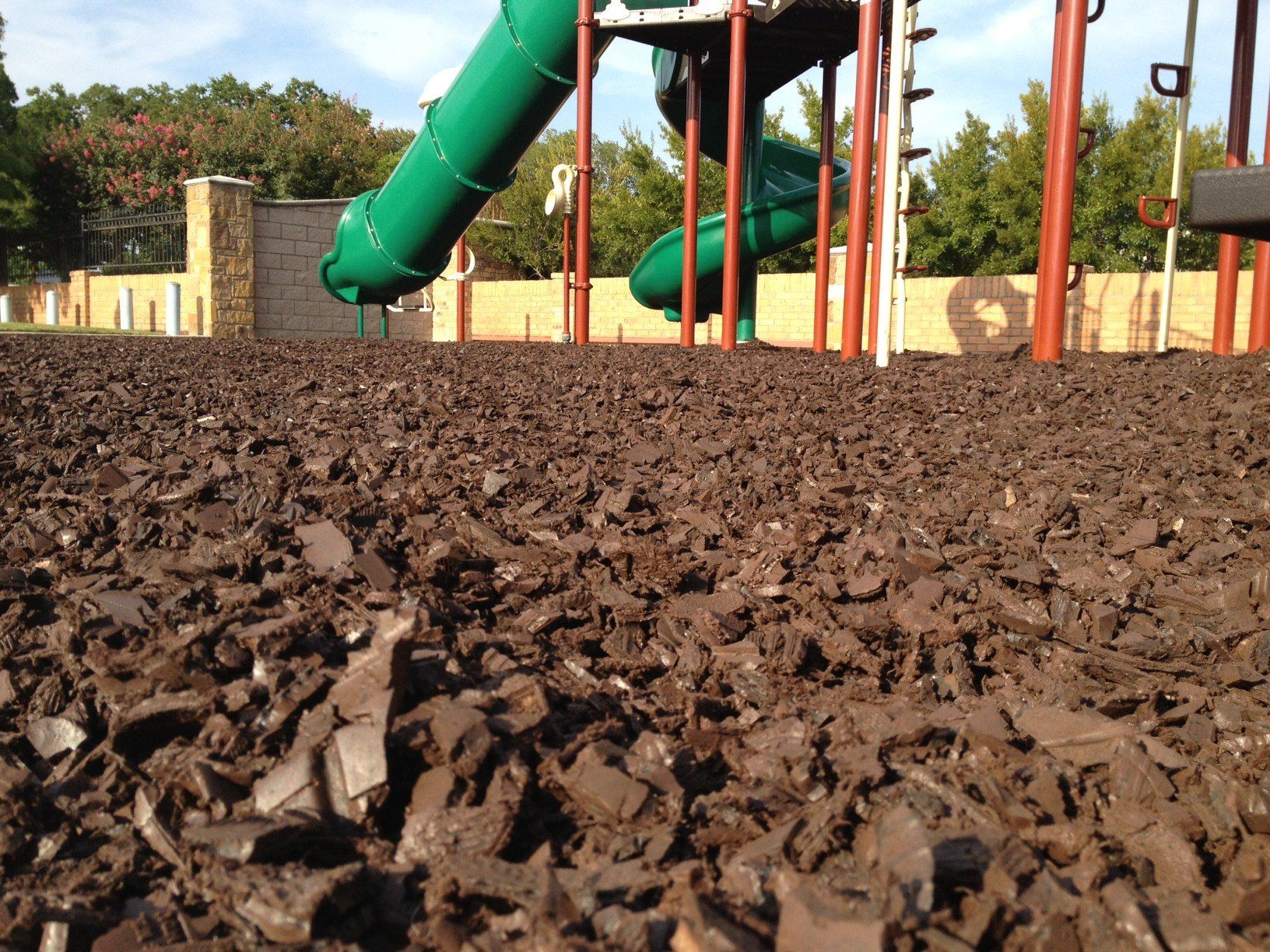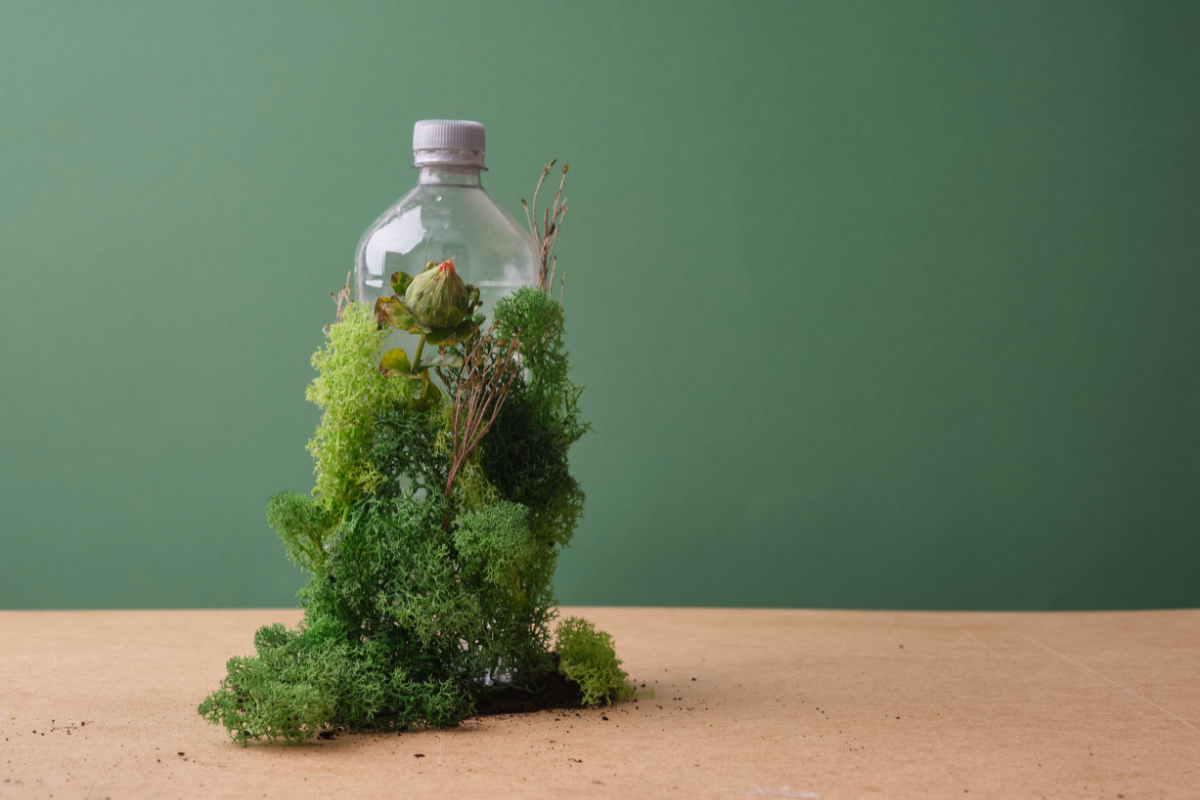Quality • Service • Commitment
Midwest Elastomers Inc. is dedicated to providing the highest quality products and services by top quality people to meet our customers' expectations and objectives.
Looking for Colored Rubber?
MEI announces investment in size reduction capabilities for processing hydroscopic materials year-round.
Wapakoneta, Ohio, August 24, 2018: MEI is proud to announce the addition of capabilities for size reduction of Nylon-6 materials. An investment in a state of the art climate controlled facility allows MEI to produce Nylon 6 material from 20 to 35 mesh for the rotational molding industry and finer sizes (60 mesh) for other markets. This addition in processing capabilities allows MEI to control the amount of moisture added to hydroscopic sensitive materials during the grinding and packaging phase. Finished goods moisture content is targeted from 0.5-1.5%.
For more information please feel free to contact:
Boaz Bowersock
Sales Manager, Plastics Grinding Division
700 Industrial Drive
Wapakoneta, OH 45895
Direct: (419) 738-5425
Cell: (419) 996-8141
Email: bbowersock@midwestelastomers.com
Get a Quote
Contact Us
Got Scrap Rubber?
We buy; Butyl, EPDM, Natural, Neoprene, SBR, FKM - Viton, Nitrile.
ISO Certification & SDS
Review our current ISO registration, Conflict Minerals Statement, RoHS Compliance Statement and MEI Policy for Reach Certification
Latest News
